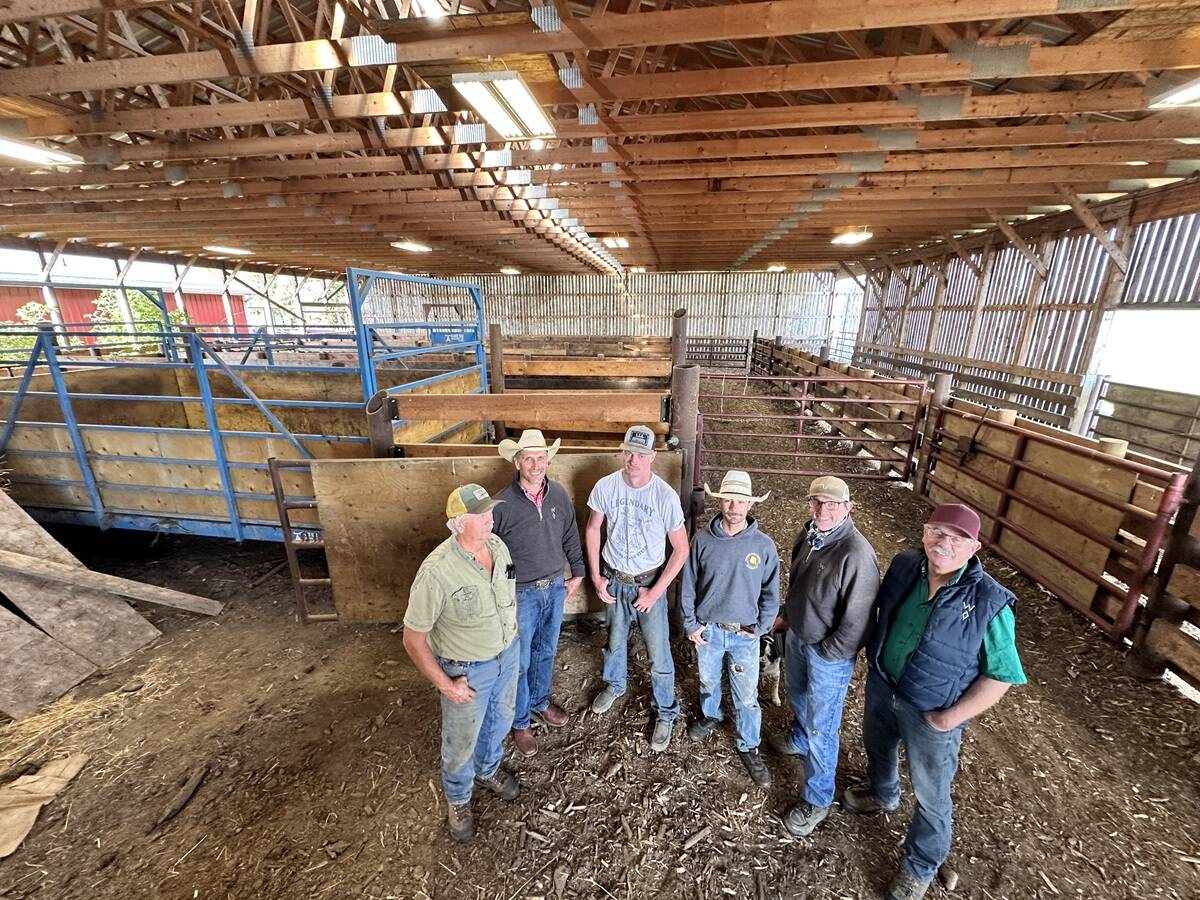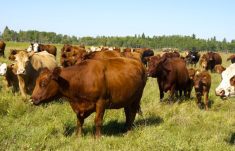Dr. Jeff Schoenau, a researcher at the University of Saskatchewan, says manure should be applied precisely.
At the Saskatchewan Beef Industry Conference that took place in late January 2024 in Regina, Sask., Schoenau presented on research he’s done regarding precision manure management, which is getting the manure in the right place, at the right rate, at the right time and at the right balance.
“When we think about manure, it’s really a very important, valuable resource,” Schoenau says. “And we want to… get the maximum agronomic and economic benefit out of there and at the same time, minimize the impact on water and air, we want to keep those nutrients in place.”
Read Also

Farm families work together to graze cropland with cattle in the fall
These Alberta farm families have separate operations, but work together to manage their land
Schoenau was involved with a research project through the Livestock and Forage Centre of Excellence regarding variable rate manure application. He says it was a five-year project with a four-year period of study that encompassed manure applications, comparing cattle manure with commercial fertilizer.
The first manure application was in May 2019 and the second manure application was in April 2021. They set up treatment zones and identified three watersheds in each treatment zone. Schoenau says they didn’t apply manure in the watershed basins or where they could see there would be standing water for a time.
Researchers applied commercial phosphorus to all the zones, including the manured zone.
With a productivity map, they developed a simple prescription for the manure application. “Areas of low productivity, like those knolls, the hills, we put on more manure,” Schoenau says. “And in the depressional areas where fertility was high, we cut back the rate of the manure.”
Overall there wasn’t a lot of change in the cumulative silage barley production between the variable rate manure zone, commercial fertilizer zone and the constant rate manure zone. Production from the commercial fertilizer was a bit higher statistically, but he says that’s because of phosphorus.
“The phosphorus that was applied with commercial fertilizer, 100 per cent availability. Whereas in the case of the phosphorus in the manure, its availability is typically less than what we see for commercial fertilizer.”
Schoenau says they found an elevated level of available nutrients in the soil after harvest in areas where commercial fertilizer and constant rate treatments were used, especially in depressions.
He also says precision application reduces soil-soluble phosphorus in low spots. Because of this, there was less phosphorus in the runoff in the variable rate zone compared to the constant rate zone.
Nitrous oxide emissions were higher where manure was applied because of the additional nitrogen.
“In the large catchment areas that were wet, we saw that that variable rate decision application resulted in a significant reduction in nitrous oxide flux.”
There was no significant effect of the manure on carbon dioxide emissions.
He says another benefit they found from precision variable rate application was reduced E. coli entry into the water.

















